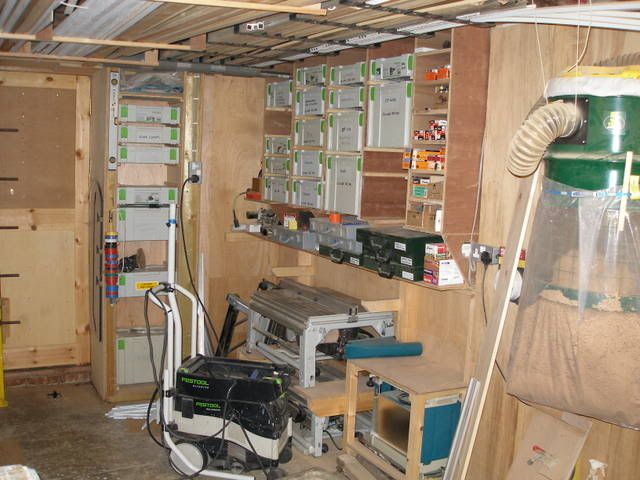I concur in the experience opinions of others regarding the usefulness of the Zyliss vice. It is the fastest clamping system I know of for setting up to grip workpieces of various sizes, and for gripping/releasing a workpiece without damaging it. I find it very handy when I have to frequently change the orientation of a workpiece, e.g. when routing edges one at time on a workpiece (before I had a router table, or sanding or planing individual boards or workpieces). The Zyliss vice includes simple screw clamps that enable it to be attached to any table top or board or truck tail gate up to ~2" thick. If you have a MFT, you can make a board similar to one of the straight fence pieces of the squaring jig as taught in Jerry Work' MFT manual, mount it in one of the vertical slots in a side rail of the MFT and clamp the Zyliss onto your added board. That setup will enable you to hold a board on edge with the long edges of the board extending resting across the top of the MFT. The bottom edge of the clamped boar can be resting on the MFT or held above it. The top edge of the clamped board can be exposed above the jaws of the Zyliss vice along their entire length, e.g. as needed for sanding or planing. The jaws grip very securely with relatively low clamp force applied by turning a crank handle connected to a screw, because the jaws are precision ground at a slight angle offset to perpendicular, so the jaws are spring loaded when they clamp up. The screw mechanism also has a quick release feature. If you have not realized it already, I very much like my Zyliss vice for woodworking. On the other hand, I would never recommend it for automotive repair work such as press fitting universal joints or bearings as you can do with a HD machinist's type vice.
Dave R.
 it is certainly consistent with Festool's pricing.
it is certainly consistent with Festool's pricing. 
 , not in Switzerland.
, not in Switzerland.
